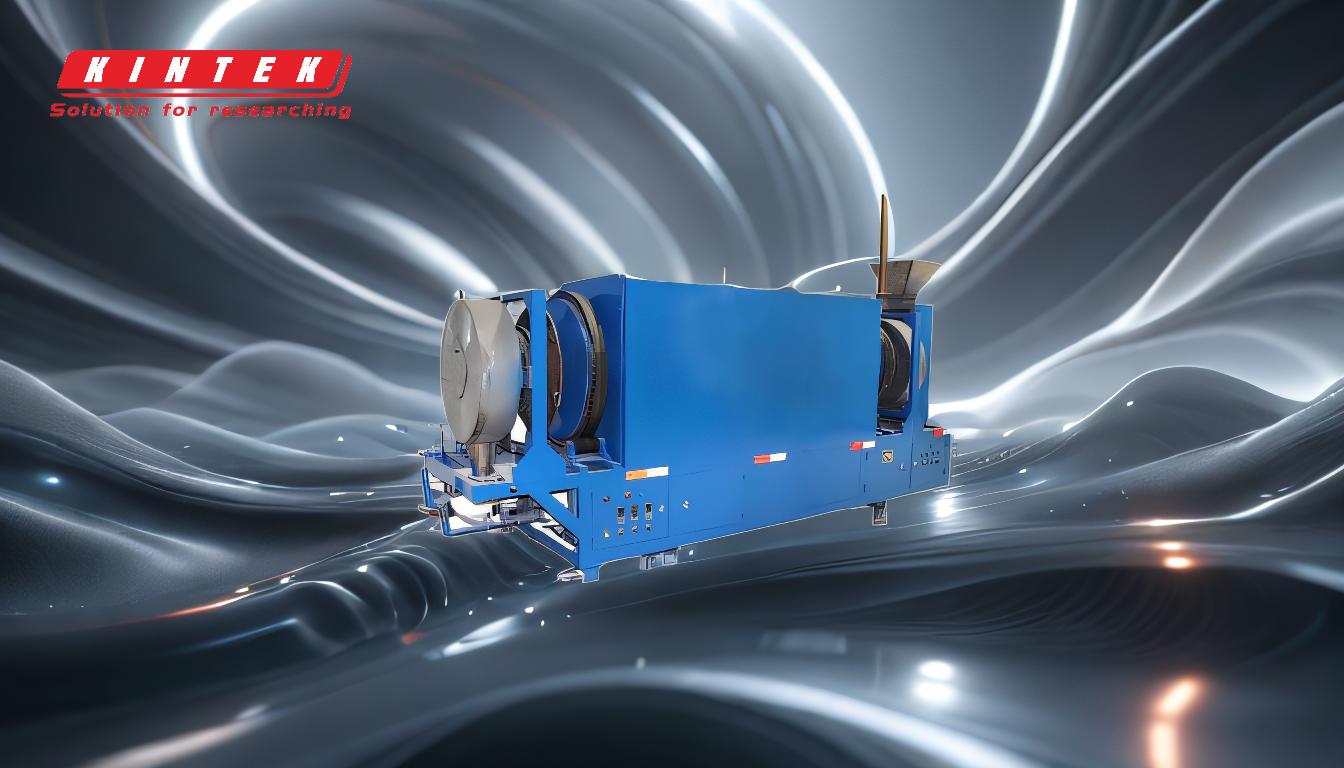Pyrolysis is superior to incineration due to its environmental, economic, and operational advantages. Unlike incineration, which burns waste at high temperatures, pyrolysis operates in an oxygen-free environment at lower temperatures, reducing harmful emissions like dioxins and greenhouse gases. It efficiently converts waste into valuable products such as bio-oil, bio-char, and syngas, which can be used as fuel or soil amendments, reducing landfill dependency and offering alternatives to fossil fuels. Additionally, pyrolysis is more energy-efficient, minimizes pollution, and can be tailored to process a wide range of feedstocks, making it a cleaner, more sustainable waste management solution.
Key Points Explained:

-
Environmental Benefits
- Lower Emissions: Pyrolysis occurs in an oxygen-free environment at lower temperatures (350-550°C) compared to incineration (800-1000°C), reducing the formation of harmful byproducts like dioxins and greenhouse gases.
- Reduced Pollution: It minimizes air and water pollution by degrading toxic components and pathogens, making it a cleaner alternative to incineration.
- Waste Reduction: Pyrolysis converts organic waste into useful products, reducing landfill waste and associated environmental impacts.
-
Energy Efficiency and Resource Recovery
- Valuable Byproducts: Pyrolysis produces bio-oil, bio-char, and syngas, which can be used as transportation fuels, soil amendments, or energy sources, reducing reliance on fossil fuels.
- Material Recovery: It enables the recovery of valuable materials like plastics and rubber from waste streams, reducing the need for virgin raw materials and lowering environmental impact.
- Energy Generation: The gases produced during pyrolysis can be used as fuel, reducing the need for external energy sources.
-
Operational Advantages
- Versatility: Pyrolysis can process a wide range of feedstocks, including biomass, tires, and plastics, making it adaptable to different waste streams.
- Controlled Process: The ability to control the reactor allows for efficient and rapid transformation of materials into useful products.
- Proximity to Waste Sources: Pyrolysis plants can be located close to waste generation points, reducing transportation costs and emissions.
-
Economic and Social Benefits
- Cost-Effectiveness: Pyrolysis is a relatively simple and inexpensive technology compared to incineration, making it accessible for waste management.
- Job Creation: The development and operation of pyrolysis plants create employment opportunities.
- Public Health: By cleaning up waste and reducing pollution, pyrolysis contributes to improved public health outcomes.
-
Sustainability and Future Potential
- Reduced Carbon Footprint: Pyrolysis lowers greenhouse gas emissions and helps mitigate climate change.
- Energy Independence: It generates energy from domestic waste sources, reducing dependence on imported energy resources.
- Innovation and Investment: Many companies are investing in pyrolysis technology, driving advancements and expanding its applications.
In summary, pyrolysis outperforms incineration by offering a cleaner, more sustainable, and economically viable solution for waste management. Its ability to convert waste into valuable resources while minimizing environmental impact makes it a preferred choice for modern waste processing.
Summary Table:
| Aspect | Pyrolysis | Incineration |
|---|---|---|
| Temperature | 350-550°C (oxygen-free environment) | 800-1000°C (high-temperature burning) |
| Emissions | Lower greenhouse gases and dioxins | Higher emissions of harmful byproducts |
| Byproducts | Bio-oil, bio-char, syngas (usable as fuel or soil amendments) | Ash and flue gas (limited usability) |
| Energy Efficiency | High (generates usable energy from waste) | Lower (requires external energy for operation) |
| Pollution | Minimal air and water pollution | Higher pollution levels |
| Feedstock Versatility | Processes biomass, tires, plastics, and more | Limited to certain waste types |
| Economic Benefits | Cost-effective, creates jobs, improves public health | Higher operational costs, limited economic benefits |
| Sustainability | Reduces carbon footprint, promotes energy independence | Higher environmental impact |
Ready to explore pyrolysis for your waste management needs? Contact us today to learn more!









